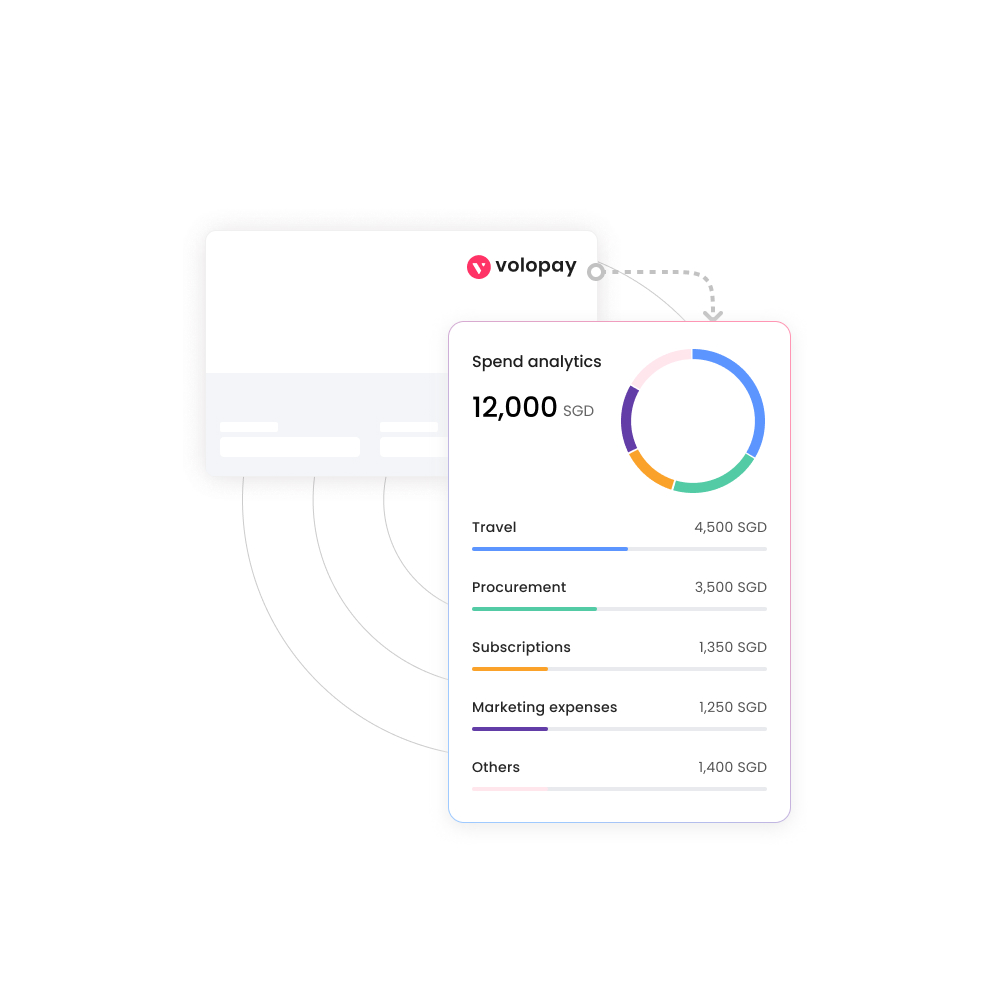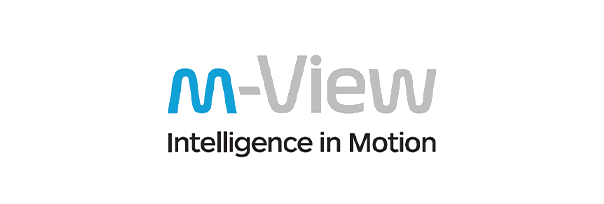Guide to corporate credit card reconciliation
Account reconciliation is a must-do task for businesses and the most critical part of your expense management. Every company wants a clean and accurate ledger at the end of every month. Books can be closed if every expenditure in the ledger matches one in the statement.
It is a necessary process to maintain the accuracy of a company's financial health and a required step to close the books.
What is credit card reconciliation?
Credit card reconciliation compares and reviews every transaction from a bank, financial institution, or credit card statement to internal finance data to eliminate errors.
Corporate credit card reconciliation is a much more complex process for businesses. Accountants spend hours figuring out expenses made by employees and the reimbursement claims with corporate credit card transactions.
As part of standard accounting operations, reconciliation is usually performed at regular periods, such as monthly or quarterly. Visibility into expenditure becomes increasingly more complex and vital as a company grows.

Methods to reconcile accounts
Generally, two methods are used to reconcile an account: Analytics review and document review.
Document review
This is the general form of accounting reconciliation in which businesses examine each item and transaction on statements and compare them to account records.
Analytics review
Using this method, businesses estimate the amount that should be in the accounts based on account activity levels in the past. That means comparing the historical estimates to actual reality.
Challenges in manual reconciliation process
Though accounts in the general ledger and credit card statements would always match, collecting receipts and matching them against credit card statements becomes an inefficient process. The most fundamental problem with business credit cards is how they're usually used.
They're passed about on a rather casual basis in most growing businesses. It leads to fraud risk and makes it impossible to know who is spending on what. And this leads to critical issues that become a hindrance while performing account reconciliation manually.
Employee sharing cards
As every employee is hunting and using the same company card, you're unsure who to contact if actual payments are inaccurate at the time of reconciliation.
Paper receipts
For employees, saving paper receipts from credit card purchases to send to the finance staff is a headache. If a receipt for your credit card purchases goes lost, it's hard to decide who to call. Then cross your fingers that they match the credit card statement and invoice.
Maintaining accuracy and efficiency
Reconciling corporate credit card expenses manually, you've to make sure that there are no errors. And if a single entry goes missing, it leads to several consequences for employees; in terms of reimbursement and finance teams in terms of maintaining efficiency. So, the level of accuracy is impossible since there are hundreds of transactions in a statement.
Policy violations
Maintaining a balance with your expense policy and transactions doesn't stand a chance when you purchase through a corporate credit card. Why? Because there are no set spending limits on company cards and overspends are not notified until checked manually. This leads to duplicate expenses, which further adds a delay in reconciliation.
Automate your reconciliation process with Volopay
Automate your reconciliation process
Manual accounting using excel and spreadsheets is the most challenging job for finance teams. Not just the toughest but time-consuming, costly, and labor-intensive. And again, if not done right due to a sheer number of transactions, it can affect overall business performance.
But these methods are old; now it's time to shift those methods by automating your financial processes. This means empowering employees with their corporate cards and leveraging automated expense management software to replace the manual tasks of monitoring and comparing records to bank statements.
Volopay can assist your business by eliminating paper and automating the credit card reconciliation process from beginning to end. All your transaction data can be imported and synced to the accounting you use from practically any source and can easily be compared to card statements, receipts, and other internal data.

Importance of corporate credit card reconciliation
Credit card reconciliation has two effects on the business: income and expenses. To maintain the balance between the two, accountants utilize a general ledger and balance sheets, and income statements to assess an organization's financial health. Accounting reconciliation is an important business activity that can assist you in identifying any odd transactions that may result from fraud or accounting problems.
This process ensures:
- Since reconciliation, the authenticity of your data is a crucial step in the closing process.
- It aids in the prevention of cash account overdrafts.
- To reveal any harmful financial activity, such as theft or reporting problems.
- An accurate and clean ledger during an audit. It's essential to maintain proof of each payment during an audit as you don't want to lose out on fresh funding or face legal difficulties.
Process to reconcile corporate card transactions
The process usually begins after receiving a credit card statement or after the end of your financial period. Each card transaction on the statements is reviewed by your accountants and compared to transactions in your business records. Corporate card reconciliation generally involves a 3 step process; if you aren't automating your reconciliation process.
Statements and receipts
Collect the statements and receipts for credit card purchases for all of your company's credit card accounts. Employees who pay for expenses get an invoice from vendors against credit card purchases. All cardholders' receipts should be collected and maintained for future reference.
Compare and match
Compare and match your credit card bank statements to your internal account register. While doing this, credit card fees and interest costs are also documented in the general ledger. (This is usually time-consuming if you are not using reconciliation software.)
Errors and notifications
There is always a chance of error while reconciling the transactions; make sure to note the error and notify your bank about any fraudulent transactions. Errors like refunds for canceled purchases, costs for failed transactions, and duplicate payments must be reported immediately and get them resolved.
How Volopay automates your reconciliation process?
Reduced human error
Reduce human error and maintain accuracy. All the receipts are captured through your mobile phone, and every payment is monitored in real-time, leaving no room for error.
Analytics report
With an analytic report, you'll always be up to speed on your corporate card reconciliation. Get information on the overall number of cards, unconfigured cards, total transaction amounts, and transactions that have yet to be filed.
Prevent fraud
Every Individual has their corporate cards, which will help prevent fraud risk. The finance team will know who is spending how much and on what with all the cards spent visible in one place.
Accounting dashboard
Volopay accounting inbox helps you to prepare and label transactions, verify information, and sync every details to your accounting software.
Easy integrations
Integrations such as Xero, Quickbooks, Deskera, MYOB and Netsuite enable you to effortlessly integrate Volopay transactions and receipts into your existing system and all the automated encoding.








Trusted by finance teams at startups to enterprises.